|
Sometimes during an animal communication I receive words from a song, or sometimes the whole song for that animals person. This first started happening when I was tuning in with my dog Ellie who had passed away several years previously. I was taking a walk near where she was buried and suddenly found the words ..........'my dreams came true, because of you.....' from Shania Twains' song 'From this Moment' playing through my ears. It was so clear and in that moment I also remember also receiving a different perspective on the lives our animals live with us, and how they may love the lives we live together as much as we do!
This theme of receiving messages through songs and song lyrics has continued and often resonates with the animals person. A while ago I received the song 'Celebrate Good Times' by Kool and The Gang from a persons dog. This really resonated with this animals person so much as their whole life and business is about helping people celebrate themselves and their physical bodies. Asha, the beautiful grey mare below brought through a song in a communication and some of the lyrics were life guidance for her person. This then also became a song for her and her person to enjoy together. Recently after Asha sadly left her earthly body, her person contacted me to say what a comfort the song is and how it really helps her to feel connected with Asha even though she is no longer physically here. This was so lovely to hear, and an idea of a way of connecting that can be passed to other people as a way of remembering and being with their animals that are no longer here too. Maybe you have songs that remind you of people or moments of your life. All examples of ways of connecting through the energetics of sound vibration to any time, moment, space, place or being and I love that the animals have been bringing this into the communications too.
0 Comments
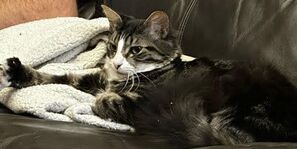 Continuing on with the theme of ‘layers of animal communications’, I felt it might be fun to share some of the communication I had with a gorgeous young cat called Neytiri earlier this year. Neytiri’s person originally came to me for some help with understanding the dynamics between the 3 cats in their home, and the various things they were getting up to. The experience Neytiri offered during our communication literally brought a whole new dimension into my experiences in animal communications…….. Quite unexpectedly Neytiri started our communication by showing me a scene that looked like somewhere in Egypt. I wasn’t totally sure what she was showing me, and I have to confess I don’t have that much knowledge of Egypt, but it soon became clear that this is where she was showing me as the famous Egyptian Pyramids came into view. As the vision became clearer I could begin to see a deep blue oval sapphire jewel on the outside of one of the pyramids, as if the jewel was like a third eye of the pyramid. I then found myself actually feeling like I was in the experience with Neytiri, in the area outside the pyramids. She was walking to my left and slightly ahead and then as we neared the pyramids proportions began to change and her head became much larger and her body began to morph. Her head and body turned towards me and she began to look like The Great Sphinx. She opened her now huge mouth which had become like a huge dark cave or hole ahead of me. My heart was racing at this point, I was fairly confused..........I was then given the choice to 'walk forwards into the dark' Which meant 'walking into her mouth' I was slightly unsure of this and took a moment to gather myself then proceeded forwards. As soon as I touched and entered the dark hole I felt like I was going through a portal into another realm. In an instant everything around suddenly became sparkling white, glistening and shimmering. It was like being in a sparkling ice cave with white shimmering jewels everywhere. Ahead was a wizard like wise man sat on a chair. He introduced himself and invited me to sit next to him and began speaking……… ‘sometimes you have to walk into the dark, walk into the fear, walk into the unknown and you will find yourself somewhere new. You can create the new, for yourself and for all of humanity. You have to have the courage to walk head first straight into the dark before you can come to the other side.’ This message and communication was such a wonderful and expansive experience. I’m am so grateful to Neytiri for all that she showed me in our time together, and the message from the wizard felt like it was also for anyone that finds themselves reading this now. The fear and hesitation I felt before walking into the dark hole reminded me of the many times in life we have to take a deep breath, gather ourselves and walk on into the unknown. In this communication the sheer wonder and delight at what I discovered on the other side of the dark unknown was so much brighter and more beautiful than anything I could have ever imagined seeing or experiencing. The interesting thing about this communication is that when I spoke with Neytiri’s person, she had a huge amount of knowledge and interest in Egypt and Egyptian mythology. I’m learning to get used to expecting the unexpected when communicating with animals now! 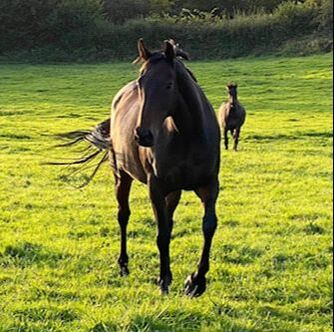 Earlier last month Roo’s person contacted me after someone suggested maybe I could help them navigate what was becoming a tricky situation within their herd of horses. What started out as a seemingly complex communication situation concluded with the most lovely harmonious outcomes for all involved. It was so heartwarming we all felt it would be lovely to share the story…………… Since 2020 Roo had lived with his companion Prada, a beautiful huge hearted soul who was loved by everyone, including Roo. Roo was a cheeky, amiable, social character and enjoyed life with Prada by his side. Being with Prada was his reason and purpose in life so to speak. Very sadly late in 2023 Prada experienced some sort of episode where she was exhibiting various symptoms of sweating, stamping and increased heart rate. At this time the vets concluded it as being unknown what was happening for Prada. Interestingly it was noticed that Roo was starting to display similar symptoms and that infact at this time his heart rate was even higher than Prada’s and it was like he was mimicking her symptoms in his body. About a month later Prada was admitted to hospital and was found to have an incredibly rare cancerous tumour on her heart. One of only 30 horses in the world to have been known to have this. At this point the difficult decision was made to euthanise Prada and release her from her body. From Roo’s perspective Prada disappeared the day she went to the hospital and he never saw her again. He still had his Shetland companion friend with him at this time, and another filly called Dior now also joined their herd. Roo’s behaviour changed and it appeared like he was attacking the new filly, and over time this situation became more intense to the point of them needing to be kept separate. He had also become less interested in life in general and wasn’t his usual self. At this point his person contacted me as she was looking to introduce another mare into the herd, and was wondering how to do this when the current situation was less than harmonious. (Throughout the time of the communication and next few days it was realised that Roo was just wanting his own space and didn't want other horses near him. Rather than he was attacking the filly, he was just defending his space and want for solitude.) We discussed various options and possibilities of how the horse could live with the current facilities and land available, along with option of me tuning in with the horses to find out from the horses what might be the best outcomes for them. It was at this point that I started the communication with Roo to find out from him what was going on for him, how he was feeling and what he wanted the most in his life. To begin with when I tuned in with Roo and offered to listen to him I received huge feelings of frustration and a very dense heaviness with him. He felt very closed and didn't want to open to me. So I turned to Prada, who felt instantly very present and was emitting huge amounts of love and heart energy. She showed me of the love that flowed between her and Roo, and her and many other beings. I found myself asking Prada how we could help Roo. Prada then showed me how she felt that she was the reason and purpose of Roo’s life. To be with her. They were deeply connected, and that now he was feeling lost. Like he had lost part of himself when she left his life. (She also showed me her left pectoral muscle twitching throughout this part of the communication, which I later discovered was one of the symptoms of hers that Roo had been displaying way back in the beginning when she was unwell.) So the next thing I did was ask Prada how we could help Roo. How can we help him find his lost parts? She replied ‘Go and be with him now, and take me there too’ So I followed her instructions and sat with the intention of calling and sitting with both Roo and Prada. A few moments later I had Roo, communicating very very intensely how lost he was. He felt very angry and a few moments later this swug into him showing me how he was feeling useless and helpless. We sat together whilst I held the intention of ‘calling all the parts of him in’. Although he was very loved by his person, I felt he couldn’t feel any of this love as he had closed himself off from any connection with anyone or any horses. Now Roo was tuned in with me and open to communicate I could listen to him and begin to ask him questions about what he might want and what might help him. Through this process it became very clear that he wanted to be someone’s ‘main’ horse. Like he wanted to find a close companion be that in a human or a horse, or both. In his current situation he is very loved but he is not his persons main riding horse and he doesn’t feel bonded with his horse companions, and it was becoming clear he has been heavily grieving the loss of Prada too. He was feeling very alone, unconnected and there was a heaviness with him. I started to explore with him the possibilities of him moving if the right home was there for him. He was very open to this as he didn’t feel connected to or like he really fitted in the situation he was in. Although he was deeply loved and cared for, what he really wanted and needed wasn’t available for him there. On receiving this communication from Roo his person took a very deep breath and offered him to a close friend of hers who had lost her own 24 year old horse last year. This friend was currently thinking she might not ever have another riding horse and when presented with this opportunity she accepted the offer of Roo with open arms and delight. Within the following few days Roo was released with love to go off to his new home. He loaded straight onto the lorry, which apparently is not normal for him, he usually hesitates with loading, and went off to his new home. Roo’s person was really sad to let him go, but she released him with much love into his new life. Just to be sure, Roo’s person had a vet check and full blood tests done before he went to be sure there was no underlying health issues that had been causing his way of being. The results from these all came back as normal. After having only been in his new home a day or so Roo’s new person said he had already been intently watching her and the lambing season in full swing with much curiosity. He was really happy there and that she was absolutely loving having him with her. And Roo's old person was in touch to say she could feel Prada's loving presence very strongly the last few days around the yard. What a lovely ending for all the people and horses involved!  What does it mean to be in flow? How do you know when you are in flow? How do you know when you are out of flow? How do you get back in flow when you feel like you’ve been knocked out of it? I found myself with these questions once again today. I started off feeling a bit ‘out of flow’. Then after following some of my own advice and doing a few exercise I suddenly found myself totally ‘back in the flow’, energy rushing through me, ideas flowing, getting things done, like life is moving again. Whatever I’m doing in life wether it’s an animal communication, a practical house hold task like cooking, being with animals or talking with friends I aways find that if I do things from a place of being ‘in my flow’ things seem to go easier and more smoothly. I experience more synchronicity and feelings of peaceful calm throughout the day. All this, along with being way more productive and then much more able to easily relax. I’d really love to offer you all the tools to be able to do this for yourself too so I’ve created an hour long private zoom session with me called ‘Being in Flow’ In these sessions we explore how you find your flow and stay in it through guided meditations, body awareness and NLP. Together we will create a bespoke way for you to access your flow state, along with having all the meditations that are in the session sent to you as an audio file to keep afterwards so you’ll have a life long tool kit to help get you into and keep you ‘in your flow’. Being in Flow sessions are £50 To find out more or book a session please get in contact via the contact form or email [email protected] and keep an eye on your junk and spam folders for a reply as sometimes they end up there. Just after I had experienced NLP and Hypnosis for the first time I also experience my first conscious animal communication moments. I didn't set out to 'communicate' with an animal, it just happened spontaneously with some horses whilst I was participating in another workshop about Equine Facilitated Learning,
After this first experience (which you can read more about here) I started to learn more about how it was happening. Starting to see the similarities between animal communication and telepathy, learning more about energy and intention, hearts electromagnetic fields and lots of other things. I also found that sometimes whilst working with a hypnotherapy client I would just 'know' things about the person, or find myself adding something into the trance session and afterwards they would say, how did you know about that?! And mostly I didn't even realise what I had done, I was just following the flow and energy. I came to realise that I had essentially 'plugged in' to universal life force energy, consciousness, the ether, what ever name you like to give to that 'energy force'. The place where if we choose to access, there is information about everything available to us. At this moment I came up with the name 'Amazing Mind' as I was beginning to imagine the consciousness/field/energy as this amazing never ending 'mind'. Not in the sense of what we might think of as our own mind in our brain, but a Mind that is like a web of all things and all matter and anti matter. A Mind that was everything and nothing and everywhere and no where. As I got a deeper understanding of it all it really did feel more and more amazing, and hence 'Amazing Mind' became what I called my business as I felt this is what I am tapping into as I go about my various types work. If you are interested to learn more about this there are a couple of great websites with loads of information and scientific papers of experiments and research that has been done- Lynne McTaggart Rupert Sheldrake The McTimoney-Corley method of chiropractic treatment was developed by a man called Hugh Corley, who was a pupil of John McTimoney the founder of the McTimoney chiropractic technique.
Hugh founded the Whitney School of Chiropractic in the 1980's which trained people in human chiropractic. This method was then later refined by Shelagh James-Hudson further, specifically for animals. By the time I trained in this method of animal physical therapy 2011 the method was being taught by Nicky Hudson at The Oxford College of Equine Physical Therapy in the form of a Diploma in Mc-Timoney-Corley Animal Manipulation - Dip MCAM (OCEPT). The McTimoney-Corley method is known for being extremely gentle, effective method of re balancing skeletal and other related problems, along with having significant and long lasting benefits. It takes into account the whole body and as such any treatment session involves a full body assessment before the treatment session commences. Using short thrust adjustment techniques and stretches the aim of a McTimoney- Corley treatment session is to restore balance and symmetry to the animals musculoskeletal system. This relieves muscle spasms and restores joints to their optimal range of motion, resulting in the animals body whole body coming into a state of harmony and re-alignment. Some of the signs that your horse could benefit from a treatment session include: -Changes in behaviour whilst being ridden such as bucking, rearing, resistance to going forwards, disuniting in canter -Stiffness -Biting or tail swishing whilst being groomed -Uneven wear on the hoof or shoes -Slipping going downhill, occasional tripping -If they have experienced being cast or had a fall The benefits of a treatment can include improved general wellbeing, increased relaxation, improved flexibilty, suppleness and ease of movement through out the body. The McTimoney-Corley method is a suitable treatment for all types of horses including competition horses, hacking horses, working horses, therapy horses, broodmares, companions and retired horses. If you have any questions about what a session might involve, or if it would be right for your horse please feel free to get in touch at [email protected] or call 07830070680 and I'd be more than happy to speak with you. stiffness and reluctance to bend I thought I would write this blog to help you all have an insight into understanding how to get the most out of an animal communication experience, and how my work has evolved over the last few years.
Many years ago when I first started doing animal communications I would specifically say to people - 'don't tell me anything'. This was my way of reassuring myself that I hadn't made it all up. Throughout this period of my learning I was amazed at what information I could get. I remember sitting and endlessly worrying before pressing send on a communication email back to an animals person. Wondering what the response might be, would it be useful, was it relevant etc, etc. Through this process and way of working I learnt so much, and most importantly I learnt to trust the information I was receiving as more often than not it was validated and verified by the animals people. Often quite unique scenarios or health problems would be confirmed afterwards, which had I of know about I probably would have thought I made it up based on the information I had been given. Fast forward a few years, and I began to trust myself in the process of the communications and realised that if I had more information available in the first place, the communication could go to a deeper place and generally could be much more specific within just one communication rather than needing several sessions. I realised it's a bit like turning up to a meeting with someone and saying 'Hi, I'd like to talk, how about you?' and having no framework or subject to work through. You might have an interesting conversation, but not necessarily about anything specific until you stumble upon some interesting topics after talking for a while. As my work has been evolving, so have the communications. I have started to ask for more background information and specific questions and messages from the animals people for me to communicate to their animals. This has opened up the communications into something even more meaningful and with more depth and information coming through. It has meant that I can get straight to the point with the animals fairly quickly. Most recently, during the communications I have started asking the animals- 'do you have any messages for humans?' Some do and some don't. The ones that do seem to have quite wonderful life lessons and messages to share with us that come as anything from a few sentences up to a paragraph or so. Sometimes like a poem, sometimes words about something that resonates with their person and sometimes words that are relevant to and resonate with all of life and humanity. So I really hope this blog has helped give you an insight into how to make the most of your animals communication. If there are specific things you would like to know about then it helps if you let me know before hand. When you send over the photo email to book in, include an outline of the situation or scenario, along with a list of questions and messages you would like me to include in the communication. I then start with this information to 'set the scene and intention' of the communication, and will add in any relevant questions and messages as I go along and let the process unfold in that way. I always find it fascinating that 'types' of communications seem to come through in batches. Last year I had several communications with horses that were possibly going to be moving yards or homes. It was so interesting to be able to ask them ahead of time which yard situations they might prefer, what their preferences were, and understand what they did and didn't like about different situations. I could then help their owners understand what might be the preferences for their horse, and also help the horses understand up coming changes to their lives. Along with working out what might be first choice for the horses, it also meant there was a chance explain and communicate any compromises that might have to be made on their 'ideal situation' so that at the end of the day the choices made could work for both the horses person and the horses too. Literally never stop learning when doing this work :0)
A few handy tips for when I come to see you and your horse for the first time-
Make sure you have your vets permission for me to carry out the treatment. Just a quick phone call to let them know is all that is needed. It is best to allow at least an hour for the first session. Ideally have your horse clean and dry in a stable. Try to schedule the visit outside of yard feeding times. Don't feed your horse hard feed for at least an hour before the session. If possible arrange it so that your horse can have turn out in a field after the treatment. Let them relax after, if possible don't ride them that day and then schedule an easy day of stretching and/or turn out the next day. What happens? I will ask some questions about your horses background and discuss any specific problems you may be having. Then carry out a static observation of your horse, followed by a walk and trot up to see how they are moving. Sometimes it might be necessary to also see them on the lunge or ridden. After this I start palpating, assessing and then treating your horse with a variety of body work techniques that are appropriate to them. I will explain to you as we go along what I am finding and feeling, and then at the end we can discuss an individual plan for you and your horse going forward. How often? When I first see your horse it may be beneficial to have a follow up session within a short time frame depending on how the horses body has responded and the work load they are in. After we have worked through any tensions and resolved problems the sessions can be spread out. Horses always benefit from a treatment, but if everything else such as shoeing, saddle fit and training methods are all working in harmony they should only need a check over and treatment roughly every 6 months. We can discuss what would work best for you and your horse after the first consultation. |
|


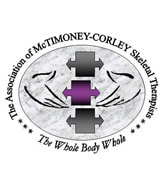
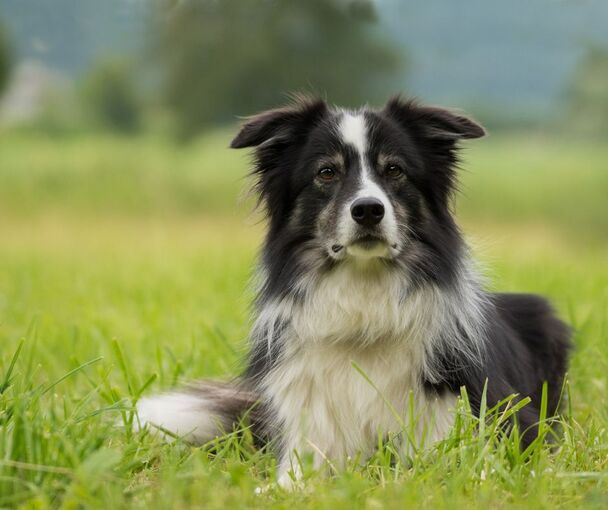
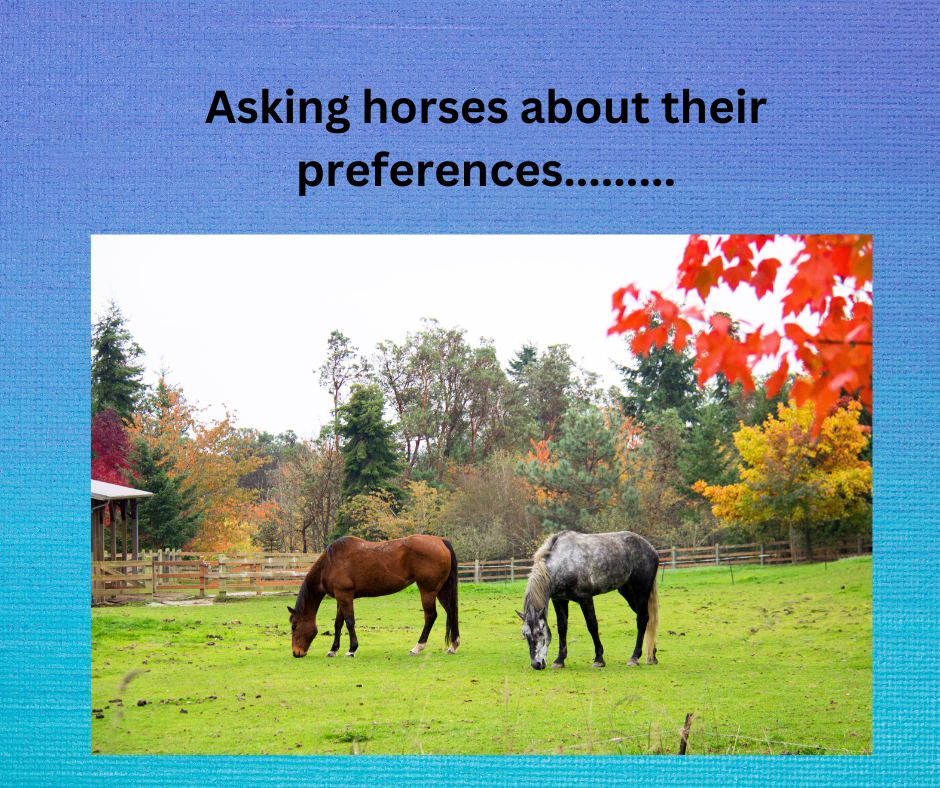
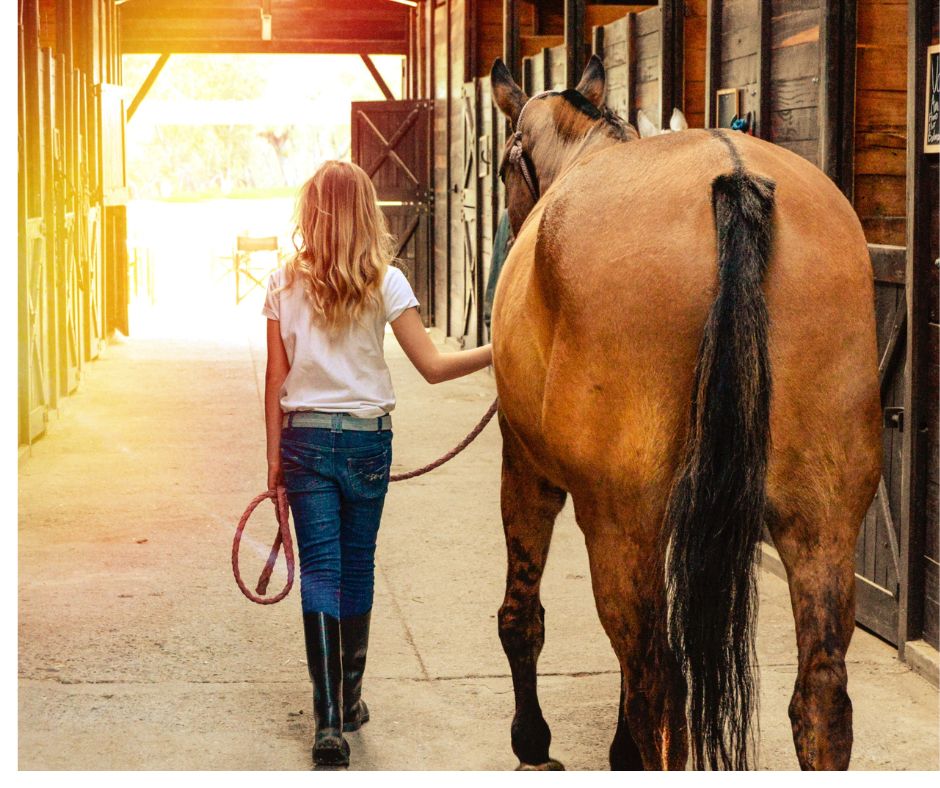
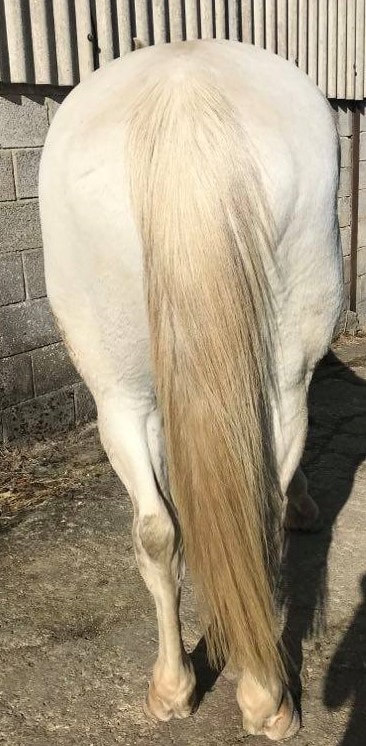

 RSS Feed
RSS Feed
